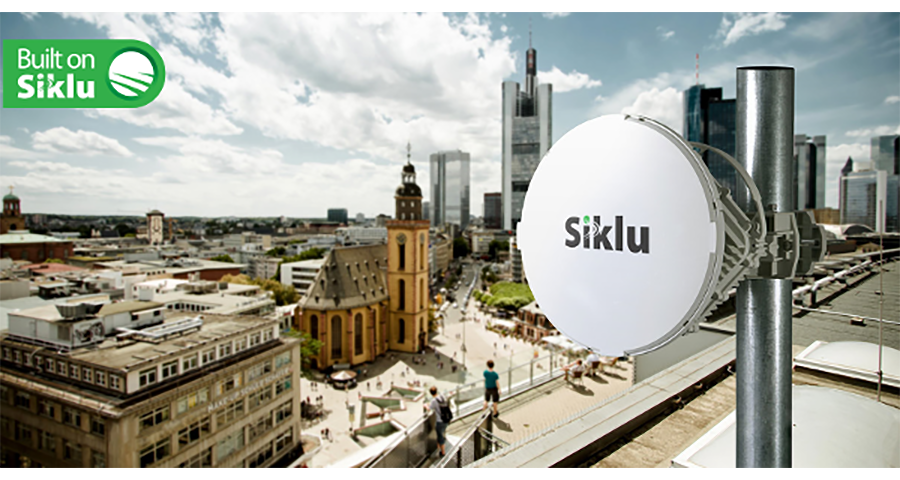Decoding Connectivity: 5G, 4G, mmWave and What it Means for Your Business
Since the early 20th century, radio waves have been the staple carrier of critical transmissions coast to coast, and now globally. As has everything in the realm of tech, while the foundations of this methodology have remained the same, its efficiency and implementation has reached new heights in its capabilities, thanks to the perseverance of innovation during the past millennium. But what does that little “4G” blinking at the top of your device have anything to do with the delivering of your morning memo? What is all this panic about 5G and mmWave? Your local Kudu Gurus are here to demystify and de-bunk the rapid fire of information being spewed about the advancements in radio frequency.
What is a Radio Wave?
Radio waves are the electromagnetic waves used for long-distance communication. Essentially, these are the invisible wires connected by cell phone towers, that wireless communications travel on. Each radio signal has a frequency, meaning the number of waves or “spikes” per second within a signal. The image below shows two signals, one with a low frequency and one with a higher frequency.

What does this mean for my messages?
Think of laying out a set of 100 dominos in a straight line. If you arrange them farther apart, like the waves in the lower frequency, you’d be able to make a longer line of dominos. But, as soon as you tipped them over, it would take longer for the effect to go down the entire line, as each domino has a farther distance to travel to knock over its neighbor, moving closer to the end destination. However, if you arranged them tightly together, like the higher frequency, the effect would happen much quicker, almost instantaneously, but the length of your line would be much shorter.
The analogy above represents messages traveling across a radio wave. The closer together each wave is, the faster the message can travel, and the higher quality the message will be at the end. But oftentimes, the shorter the wavelength, or the size of the wave, the shorter the distance the message can travel. This is where the advancements come in.
4G- Connectivity’s past
4G is the standard connection that internet services and telecommunications have been operating at for the past decade or so. It still operates over the general network of radio waves emitted through cell phone towers placed intermittently throughout a service area.
The radio waves for 4G are at a frequency, or size, that allows high connectivity speeds. So your messages, downloading, uploading, and streaming will all happen according to schedule. The latency, or time between an action or “command” and result or “response”, is between 60-98 milliseconds. This means when you hit send, 4G promises your message sent in 60-98 milliseconds. In addition, it can travel far distances because it relies on signals that span over a wider distance.
But as the need for speed, and international communications become commonplace for many people and businesses, 4G simply didn’t have the capacity for the evolving landscape of tech. And so, new methods to connect were born.
5G- Connectivity’s Present
5G is the emerging standard for cities around the world to connect their devices at speeds faster than ever before. It promises a latency of under 1 millisecond, meaning your message is sent 60x faster than with 4G. This is the same for downloading, as 5G can have download speeds of up to 10 Gbps, while 4G can only handle speeds of up to 1 Gbps, meaning that your download will finish 10x faster with 5G.
mmWave- Connectivity’s Future
mmWave is the highest ‘level’ of 5G, harnessed by KUDUCOM, that promises even faster uploading, downloading, streaming, and messaging than any of the other methods. mmWave or “millimeter wave” means exactly what it describes. The wavelength of the signals emitted with this technology is between one and ten millimeters wide. This means that messages can be transmitted 26 times faster than the lowest-rate 5G services, and can carry more data at higher quality than lower frequency technologies.
mmWave’s biggest limitation is the service area at which these bands can cover, because the wavelengths are so short. But, because mmWave bands can carry so much data and transport it quickly, they prove incredibly beneficial for locations such as airports and train stations, multi-unit housing facilities, shopping centers, sports arenas, event venues, and more spaces that require a lot of data travelling at the same time in the same place. These are areas where, with the previous technology, you would experience slow operating speeds, low or no signal, and even total disruptions to service, simply because the older technologies do not have the bandwidth, or capacity, to transport all that data at one time.
What does this mean for my business?
If you have a business transmitting a lot of data, all the time, under one building, you should be retrofitted for mmWave to ensure maximum efficiency for your business. As Tampa becomes one of the many cities that are adapting to 5G technologies, it becomes pressing to be operating at the same or better level than what the local network is offering. Broadband data usage increased by 40% in 2021, as people do more and more from their devices every day. You want your business’ technology to be able to support this influx of activities, offering ease and efficiency, as more of your processes become digital.
Additionally, the more that mmWave technology is adopted, the larger the coverage area will be for data usage at this speed. Making the world’s most efficient technology commonplace is the key to improving the overall capacity of our network.


